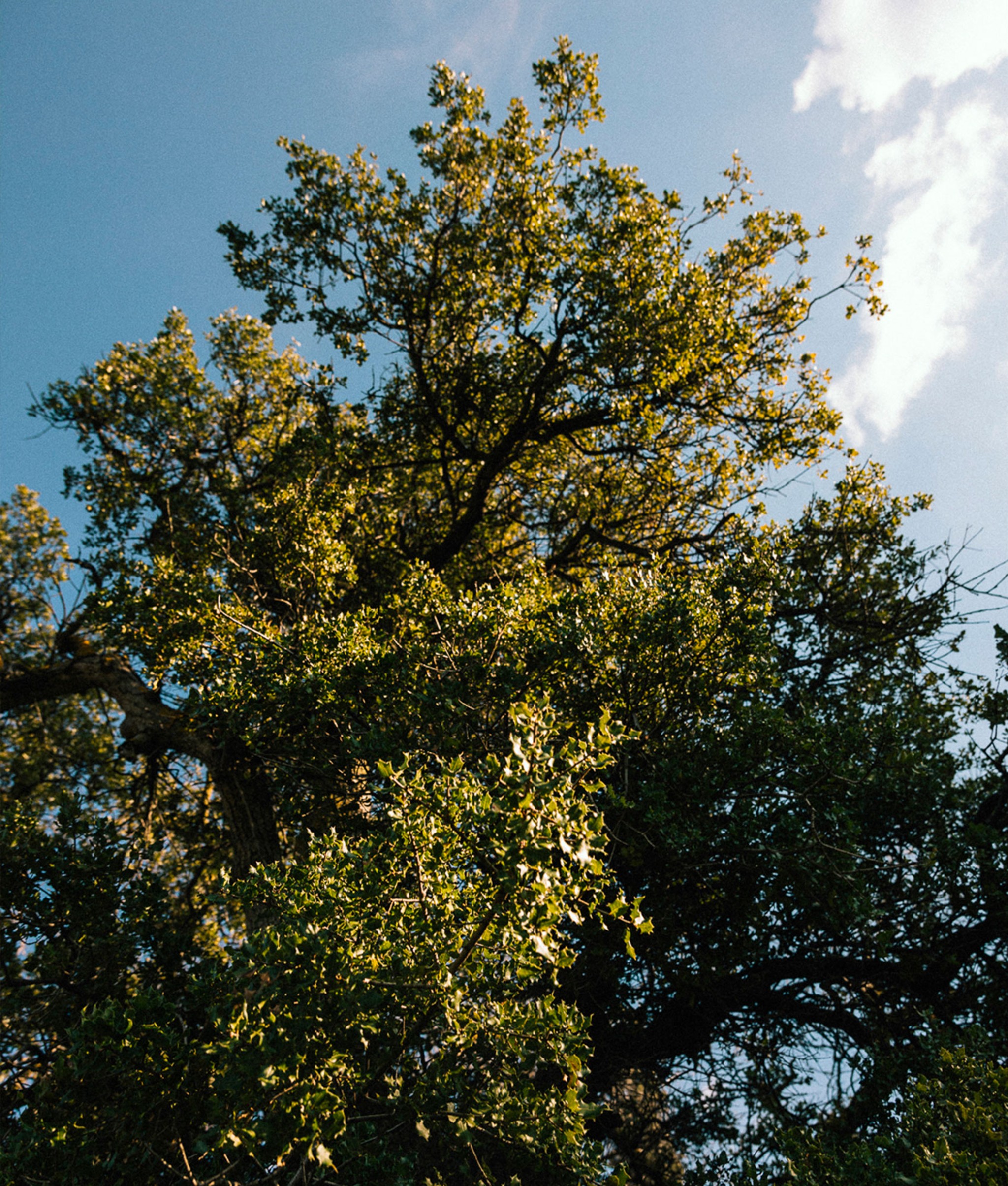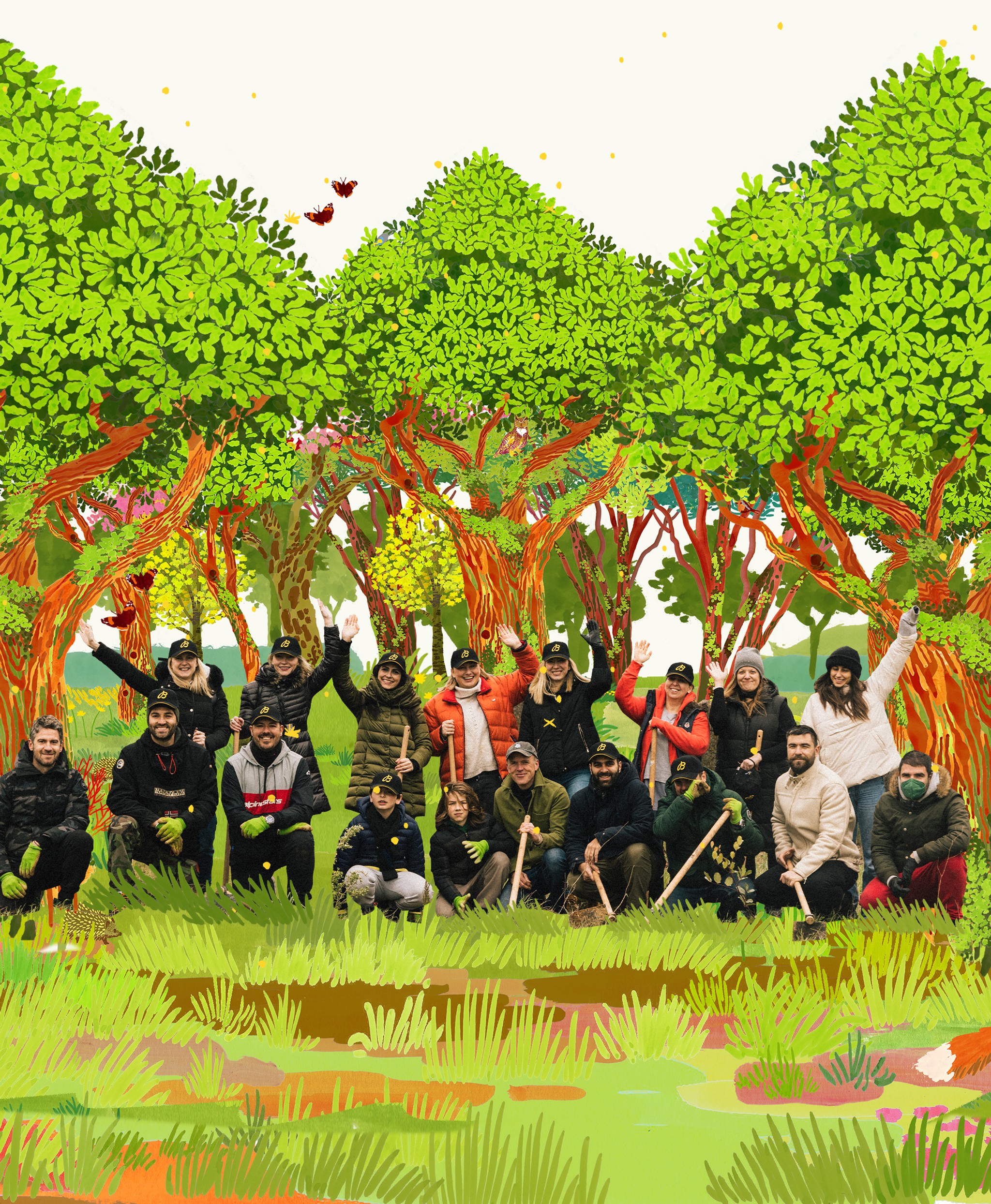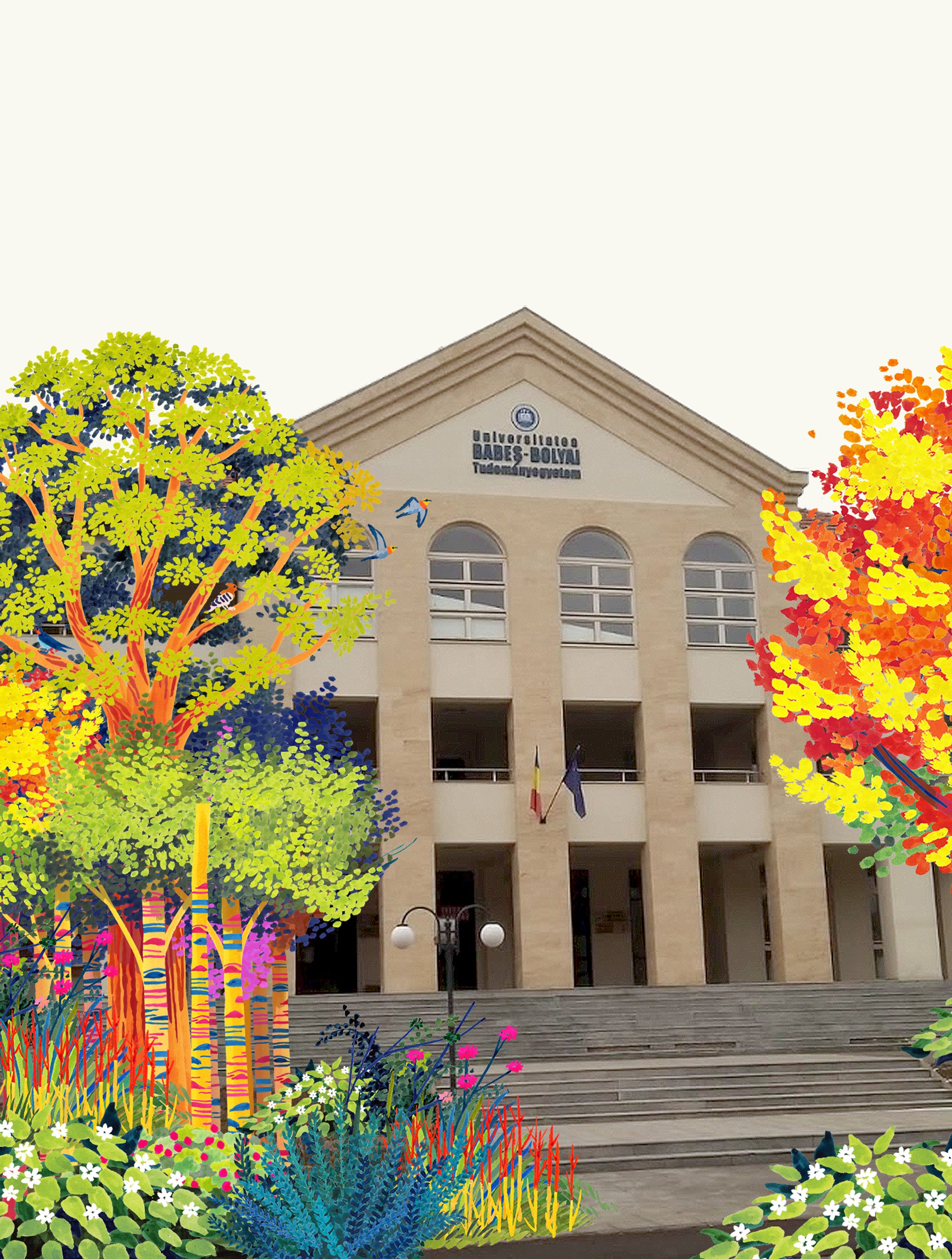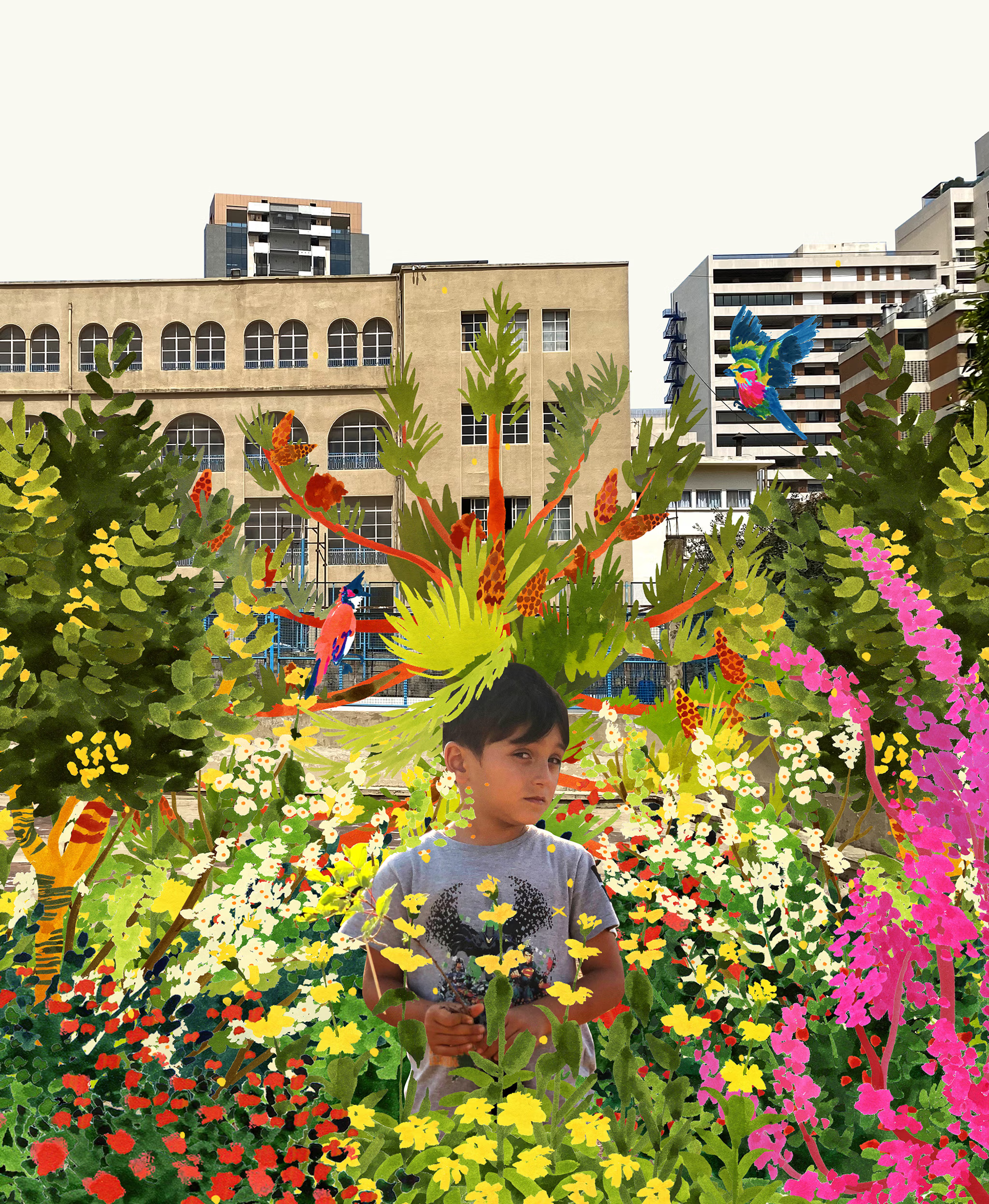Greek Oak Restoration
Calling back Daphne and the Dryads

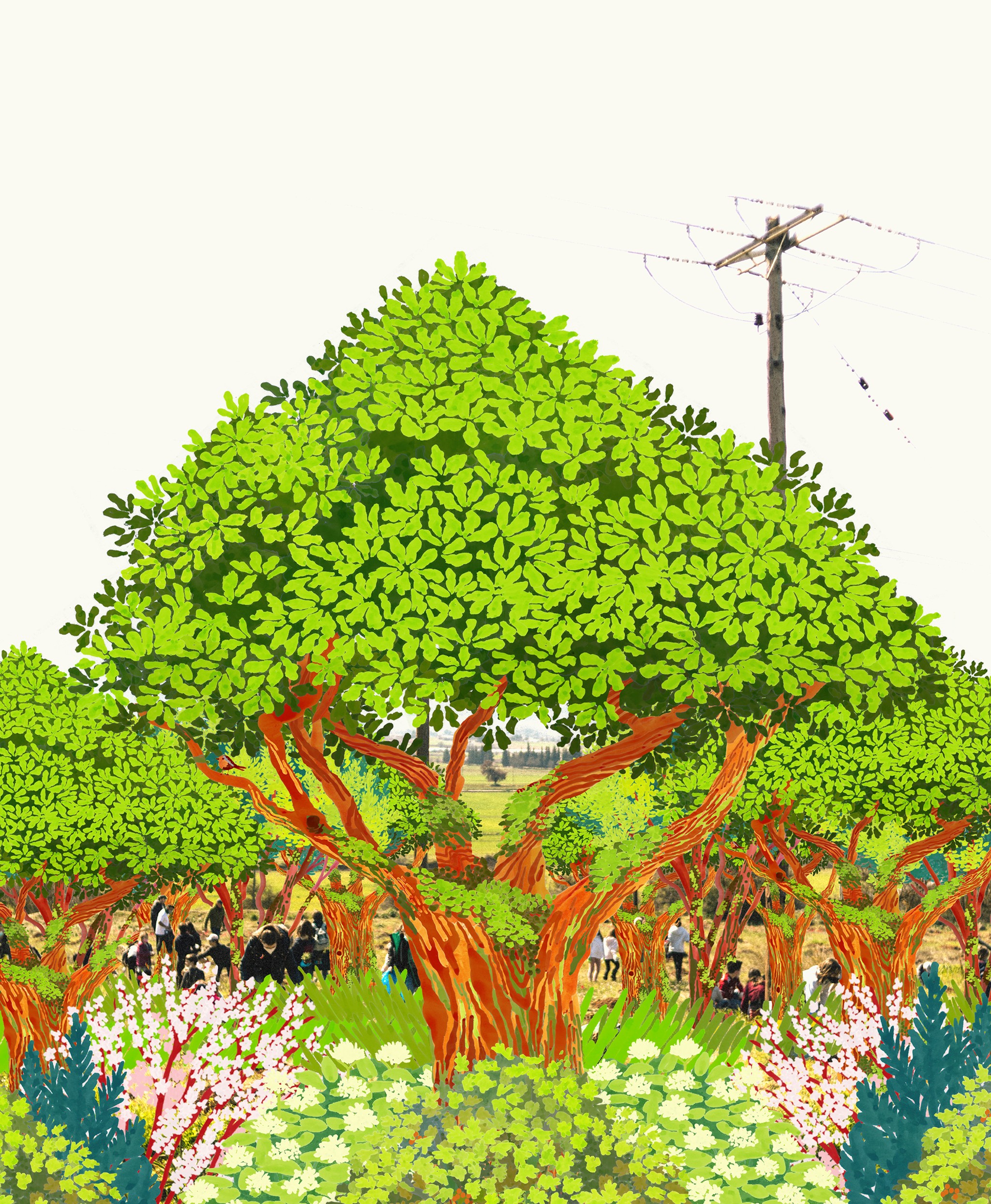
0
TREES
0
SQUARE METERS
0
NATIVE SPECIES
Greek Oak Restoration is a continuation of SUGi’s revival of ancient oak forests in response to the tragic loss of forests in the region following years of intermittent fires.
The project will restore this complex ecosystem through the planting of an interconnected mix of native species - from the mighty oaks down to scented and medicinal herbs. This will create one harmonic and resilient ecosystem in which biodiversity will flourish.
This project celebrates the mighty oak - and offers the opportunity to share stories in which people both cherished and revered the natural world.
Forest Maker
James Godfrey-Faussett
“This project will act as a catalyst to repair wildfire damage, through the planting of a true indigenous oak forest. These oak forests once dominated and covered large parts of Greece. Left to thrive, these diverse forests will be a home for biodiversity to flourish and protect the land - including lessening the effects of future wildfires.”
James Godfrey-Faussett, SUGi Lead Forest Maker
Why the Greek Oak Restoration forest?
Calling on both the natural history and mythology of the region, a variety of indigenous oak species will be restored. Our aim is to bring back a native oak forest in an area where these beautiful ecosystems used to be common sight but are slowly being forgotten.
Greek Oak Restoration is also important for land management and the prevention of forest fires. It offers an alternative to the pine monoplanations that have come to dominate the local landscape and are highly susceptible to fires. In planting a diverse mix of species, this pocket of oak forest could potentially help combat future blazes.
Lastly, the project will reconnect the local community with their cultural heritage surrounding these mighty trees. Greek mythology abounds with figures connected to the oak, including Daphne, the goddess of the oak tree and the dryads, said to be the spirits of oak trees. In the past, elder oaks were thought to have healing powers; ill children were often brought to sit beneath them so that they may be cured. This is why oaks were referred to locally as the martyr trees.
